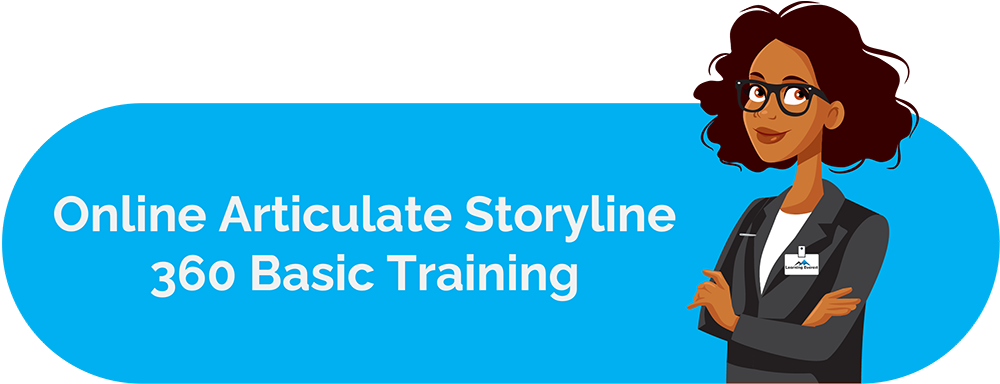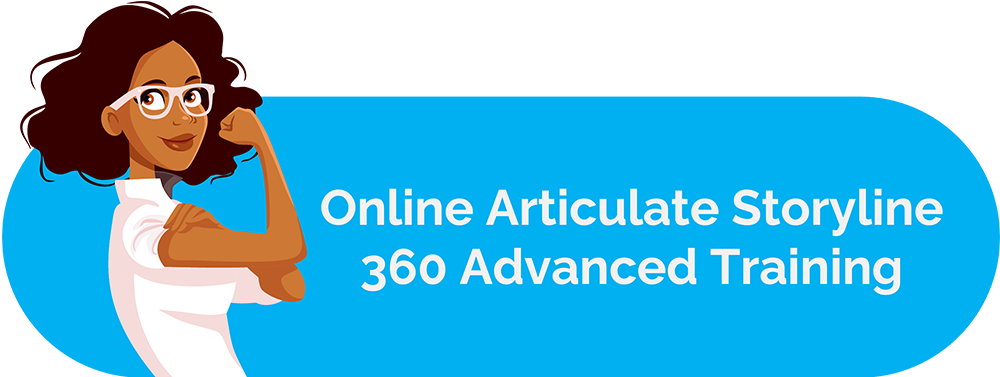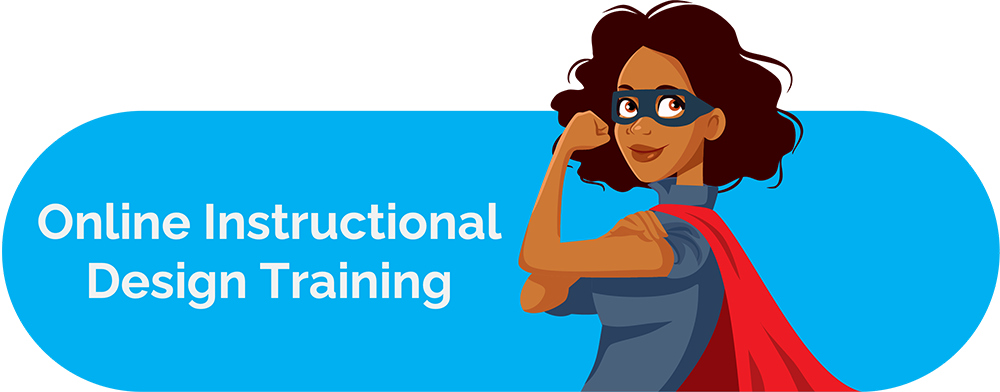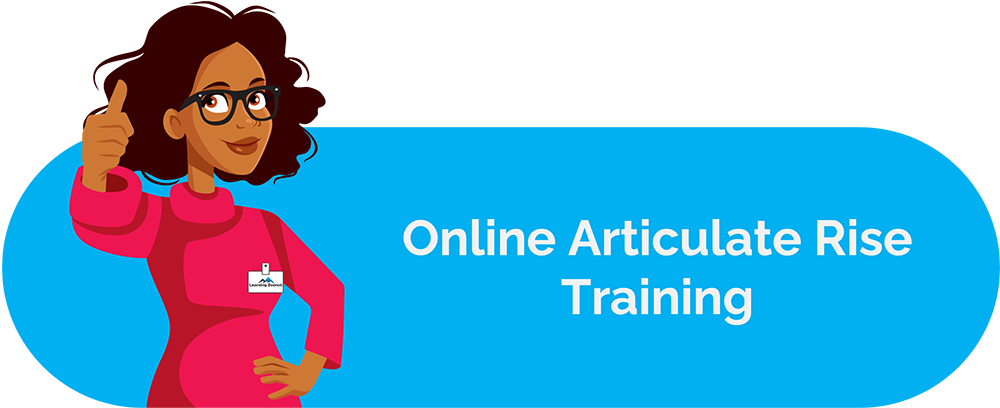Since 1960, as technological innovation continued, blended Learning replaced the instructor-led training approach. In the corporate world, blended training has gained momentum and has successfully trained employees to a large extent.
Table of Contents
So, what is Blended learning, and how is it applied in the corporate world? Read on to know more.
Blended Learning: Defined
Blended learning refers to the combination of face-to-face and online learning experiences. The blended learning experience is a mix of the traditional classroom with the online learning methods. Instead of being completely online, the blended training for employees includes technology in the learning experience and enhances the learners’ understanding.
The learning process’s online aspect can either be conducted at a go or spread out over the entire training process. When combined with an instructor-led training approach, the blended learning framework yields the best results and is cost-effective in the long run.
Blended Learning: Models
Several blended learning models are used in the corporate blended training setup. Let us look at the top four- Rotation, Flex, Enriched Virtual, and À la Carte models.
1. Rotation Model:
This model focuses on learning stations that learners arrive at for various learning experiences. This model allows the learner to go through a fixed schedule routine that includes online training, classroom training and collaborative activities, and group discussions. This is one of the most common models and has the following sub-models-
- Station Rotation: This is where the learners go through various stations of learning experiences that may include multiple tasks.
- Lab Rotation: This is where the learners rotate to a lab setup from the classroom learning experience that includes online training.
- Individual Rotation: This is where each individual learner has a custom learning experience that is not shared with the other learners.
- Flipped classroom: This is where the learners first go through online training and master the basics. They are then required to come to the traditional classroom setup for a detailed learning experience were-in they receive in-depth knowledge of the content.
The Rotation model offers organizations the flexibility to accommodate various content and learning styles of the employees. It provides learners with opportunities to practice what they have learned and collaborate through interactions with the instructors and their peers. This model is a good fit if your organization has just started with online training for employees and new hires.
Blended Learning Example- In a manufacturing company, using the Rotation model can reduce employees’ time away from work if the entire schedule is planned in rotations. Web-based training that includes interactive media and text can be the first schedule for the employees to learn the factory’s equipment. After this can be the instructor-led training schedule wherein the employees are taught critical skills and in-depth knowledge about the traditional classroom machinery. The third step is on-the-job training, where the employees utilize the skills learned and train themselves in the real-world.
2. Flex Model
Unlike the Rotation model, this model allows for customization of training schedules. It also includes group instructions and provides opportunities for group activities and group projects or individual tutoring with an instructor’s help.
The Flex model offers an opportunity for personalized blended learning that can be adjusted according to the learner’s needs and skills. This provides learners with greater control over their learning. More importantly, the instructor facilitates learning rather than delivering the content.
Blended Learning Example- For training the delivery team of a large-scale customer service-based company, the Flex model would include taking an eLearning course to begin the training. After this, the learners can be provided with the option to choose between continuing the rest of the training through the eLearning module or take it up in a classroom setting.
3. Enriched Virtual
This model is where the learners learn online with an instructor through recorded instructions or sometimes in a traditional classroom setup for a certain period of the blended training through Virtual-Instructor-Led Training (VILT).
This model is especially beneficial to the remote workers who can then attend the classroom sessions if needed. In this way, learning is not affected in any case, like the recent pandemic. It also offers greater collaboration and discussions with the instructors online through forums and promotes informal learning.
Blended Learning Example- In a manufacturing company, the employees need to be brought up to speed with the recent innovations. In this case, providing them with informative videos and interactive games to inform them of the content is highly effective. They can then be asked to attend instructor-led training programs in the classroom to provide them with in-depth information on the innovations.
4. À la Carte Model
In this model, the learners complete a part of their training in a classroom setup and then move on to the online training, which is an essential part of the training process. Here, the Instructor-Led training is supplemented by the online training modules, which can be videos, infographics, gamification, and interactive media.
Learning is reinforced when a learner engages in online training and gains knowledge through the online resources provided.
Blended Learning Example- In the healthcare industry, employees from a company are given training regarding its products. New hires not from the healthcare background were pre-training programs arranged to be completed before the products’ classroom training. After completing pre-training, the learners are given microlearning modules they can access whenever and wherever they want. This would help the learners in making the knowledge gained more concrete and ready for the actual work.
Blended Learning: Advantages
Blended Learning is good in the corporate setting for a variety of reasons. Let us see.
- Blended training is helpful if the workforce is spread over a large geographical area. Also, if there is a need for an instructor, the blended learning courses are typically shorter in duration and would take less time away from work. Also, if there is a tight deadline for the employees to gain the skills, this is a good option.
- Though the blended training courses may be expensive to develop initially, they reduce costs in the long run. They are cost-effective as there is less or no need for a physical setup. In addition to that, the need for an instructor is eliminated in most cases.
- Blended learning also helps lower employees’ turnover rate as they are engaged in the learning process and support their job performance. When the employees are exposed to various media, they feel interested, learn better, and feel confident in the workplace.
Thus, Blended Learning is most effective when used correctly. When there is a balance among all the learning experiences that a learner is exposed to, learning is improved. Remember to take the much-needed feedback from the employees to know whether the models you adopt are effective or need revision.





